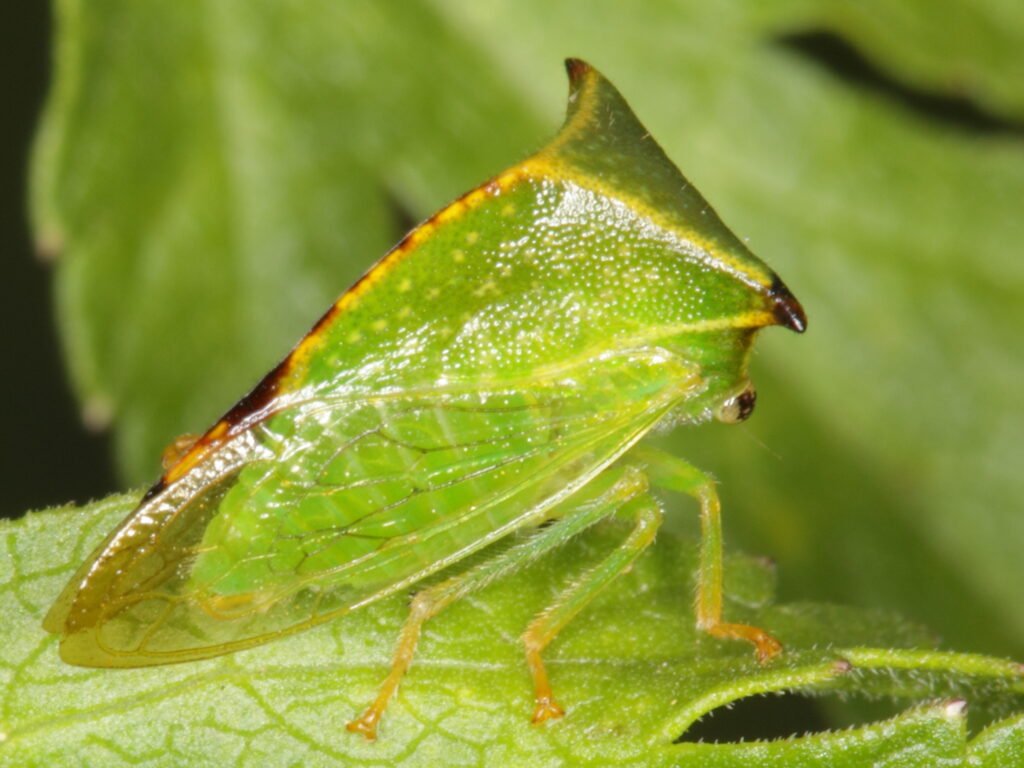You know those creatures that pop up in alien movies, the ones that make your skin crawl because they’re just too bizarre to be real? Well, nature has beaten Hollywood to the punch. There’s a tiny insect that’s so otherworldly in appearance, it could easily be the star of the next sci-fi blockbuster. Meet the treehopper, a fascinating bug that’s turning heads in the scientific community with its absolutely mind-bending appearance.
These remarkable insects have been quietly living among us, sporting headgear that would make a medieval knight jealous and body modifications that seem straight out of a genetic experiment gone wild. They’re small enough to sit comfortably on your fingertip, yet packed with more surprises than creatures ten times their size. Ready to discover what makes these little aliens of the insect world so captivating? Let’s dive into the extraordinary world of treehoppers.
They Sport Helmet-Like Structures That Defy Imagination
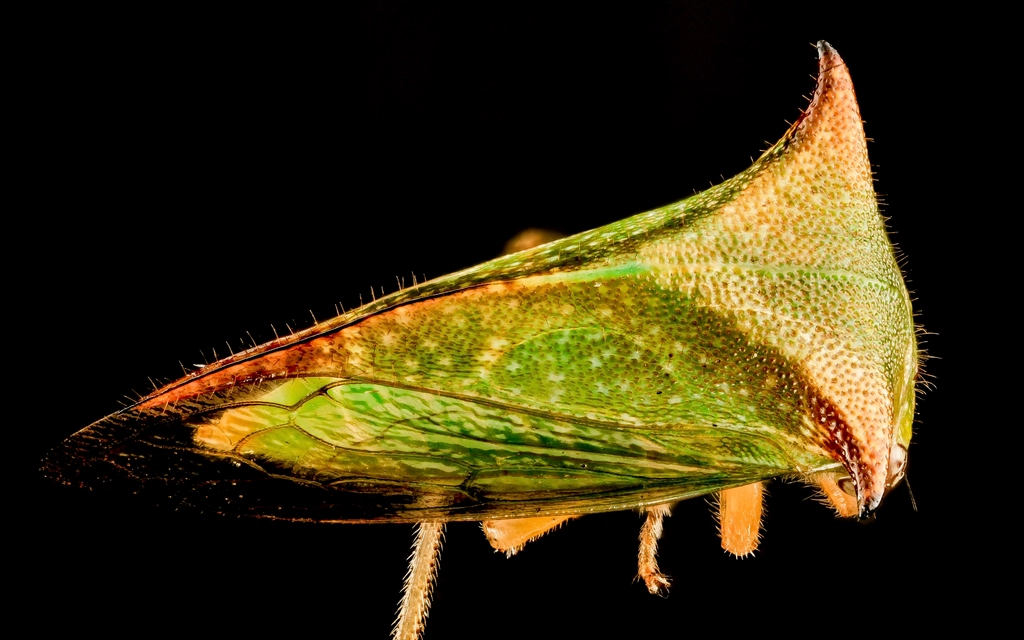
Picture this: you’re walking through a garden when you spot what looks like a tiny creature wearing an elaborate medieval helmet complete with spikes, orbs, and impossible geometric shapes. Treehoppers have enlarged and complex pronotums, which are prominent plate-like structures that extend out of their thoraxes. These aren’t just simple bumps or ridges we’re talking about.
The pronotum, which is essentially their modified back section, can take on forms so bizarre that if there were a competition for the world’s weirdest insect, treehoppers would have a clear shot at first place. See one for the first time and you’re sure to wonder: What are those strange protrusions sprouting from its body? Think helicopter blades, chandelier fixtures, or even alien communication devices.
This tiny, solitary insect looks like something out of a sci-fi/horror film, featuring a headdress made up of four spheres of chitin covered in many bristles. Scientists honestly have no clue what half of these wild structures actually do, making treehoppers one of nature’s greatest mysteries.
Over 3,000 Species Exist Worldwide With Mind-Boggling Diversity
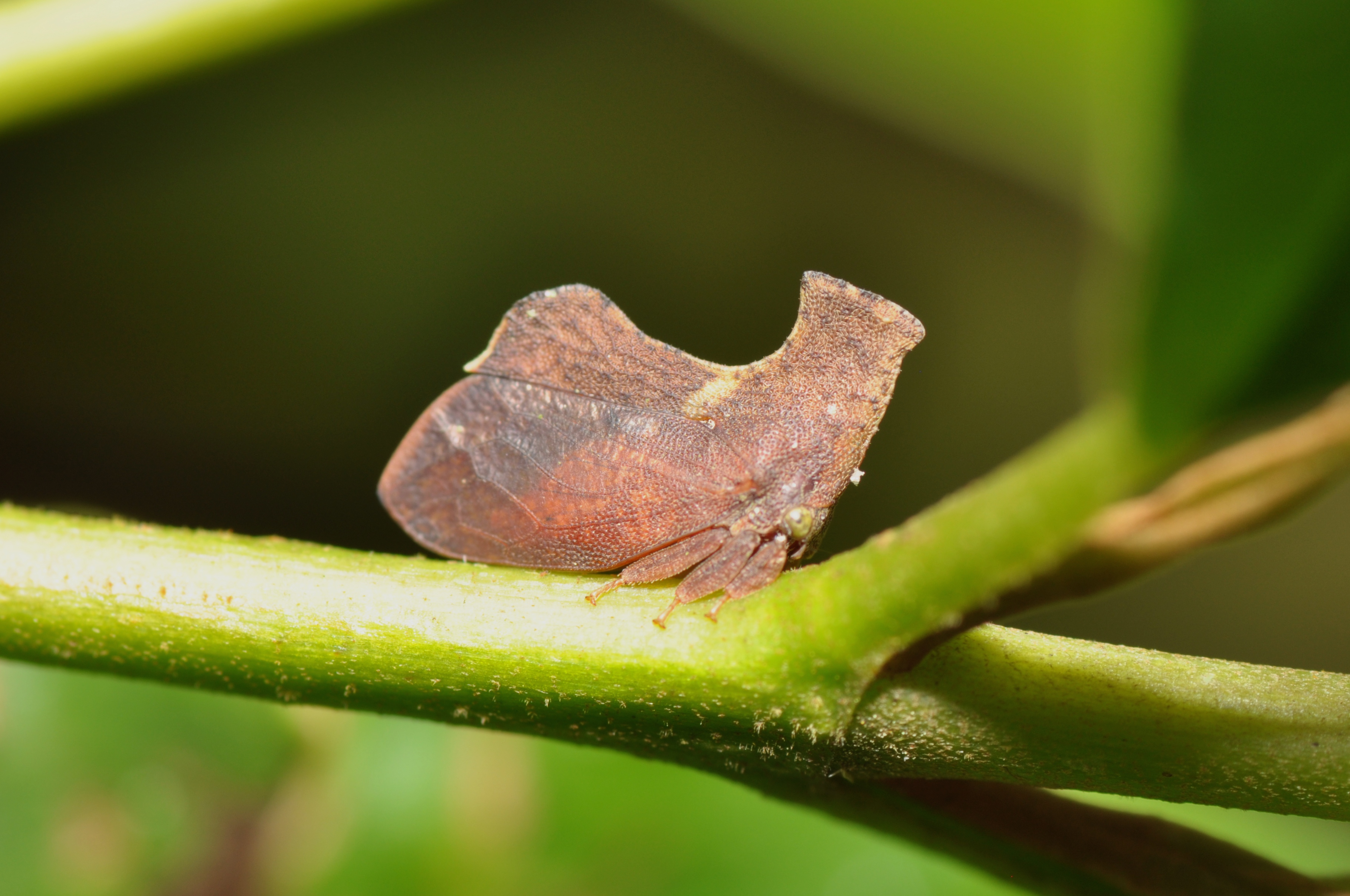
You might think such alien-looking creatures would be rare, hidden away in some remote corner of the world. Think again. Scientists know of approximately 3,200 species of treehoppers that exist on Earth, though some estimates place the number as high as 3,500. That’s more variety than most people see in their entire lifetime of insect encounters.
They may look quite alien, but treehoppers are actually found on every continent except Antarctica. From the rainforests of Brazil to the oak trees in your backyard, these remarkable insects have made themselves at home practically everywhere. These tiny insects – none are longer than a dime is wide – live on trees and plants worldwide, with nearly half the 3,200 or so described species inhabiting the New World tropics. One leaf in the Ecuadorian rainforest where this story was photographed could easily harbor more treehopper species than found in all of Europe.
Each species has developed its own unique take on the alien aesthetic. Some look like thorns, others resemble drops of water, and a few sport structures so complex they seem engineered rather than evolved.
Their Bizarre Shapes Serve as Master Disguises

Treehoppers take on many disguises, all with the same purpose: to look like anything but a tasty insect. It’s like nature’s ultimate costume party, where the goal is to be completely invisible to predators. These pronotums vary in shape and size, often serving as camouflage because they resemble thorns or leaves.
Some species have mastered the art of mimicry so well that they can fool even trained scientists. Still others impersonate ants or wasps. Forty-plus named species, as well as another 700 or so awaiting scientific description, resemble drops of rainwater. When you’re the size of a pea and surrounded by creatures that want to eat you, looking like something completely inedible is a pretty smart survival strategy.
Suffice it to say, treehoppers need all the camouflage they can get, which explains their fascinating and conspicuous pronotums. Their disguises are so effective that many people walk right past them without ever knowing these tiny aliens are there.
They Communicate Through Secret Plant Vibrations
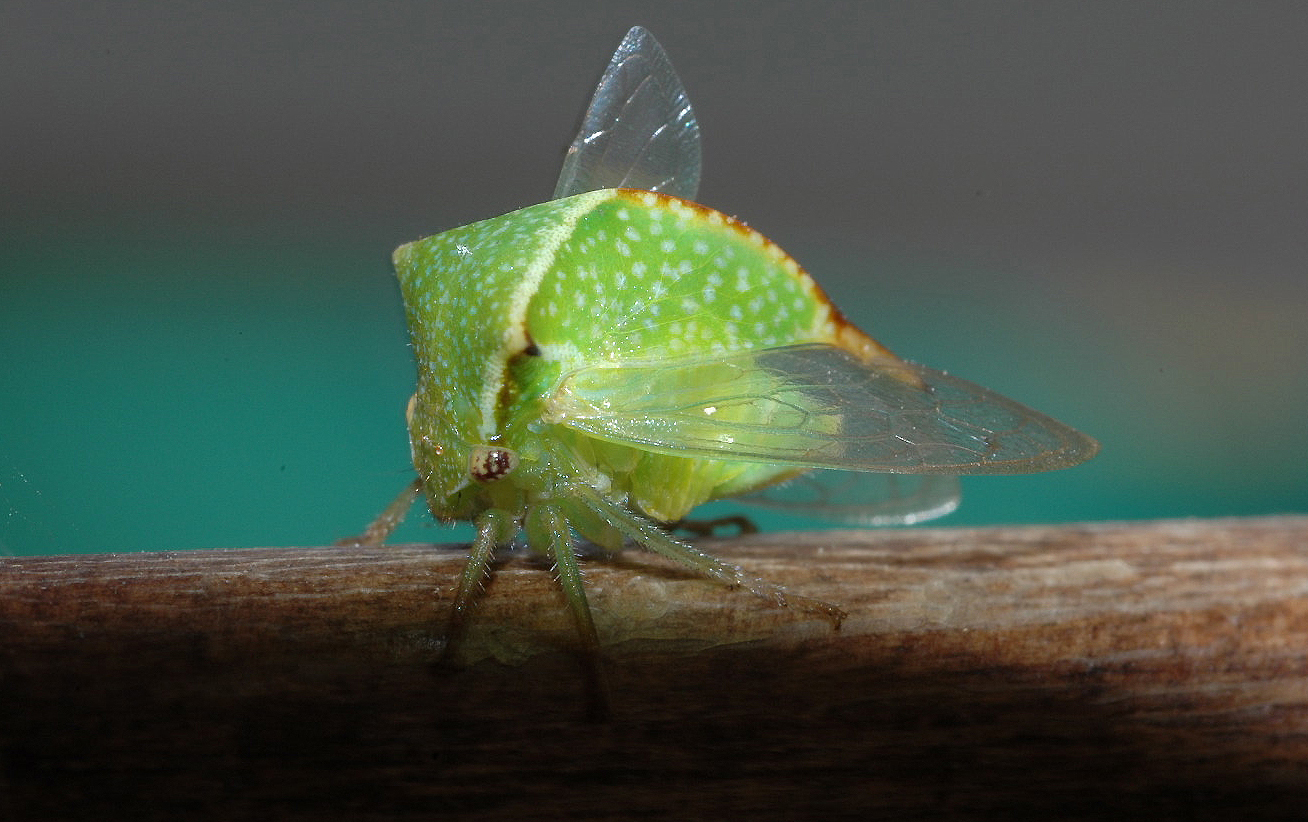
Forget about chirping or buzzing like other insects. Treehoppers have developed something far more sophisticated and secretive. In nature, the treehopper signals provided here originate not as audible airborne “sounds,” but as substrate vibrations that treehoppers use to communicate through the physical structures of plants. They’re essentially using plants as their own private telephone network.
Male treehoppers make their abdomens thrum like tuning forks to transmit very particular vibrating signals that travel down their legs and along leaf stems to other bugs – male and female. Male treehoppers make their abdomens thrum like tuning forks to transmit very particular vibrating signals that travel down their legs and along leaf stems to other bugs – male and female. It’s like they’re sending text messages through the plant’s stem, completely silent to human ears.
Through vibrational signals, treehoppers can relay alarms about potential predators, coordinate collective movements, and even engage in mating duets, where males and females signal back and forth to evaluate compatibility. The vibrational mating signals of treehoppers are diverse, ranging from a simple set of repeated clicks or tones, to complicated series of clicks and tones that sweep up or down in frequency, rivaling the signals of many vertebrates in complexity.
Mothers Are Fierce Protectors With Sophisticated Parenting Skills
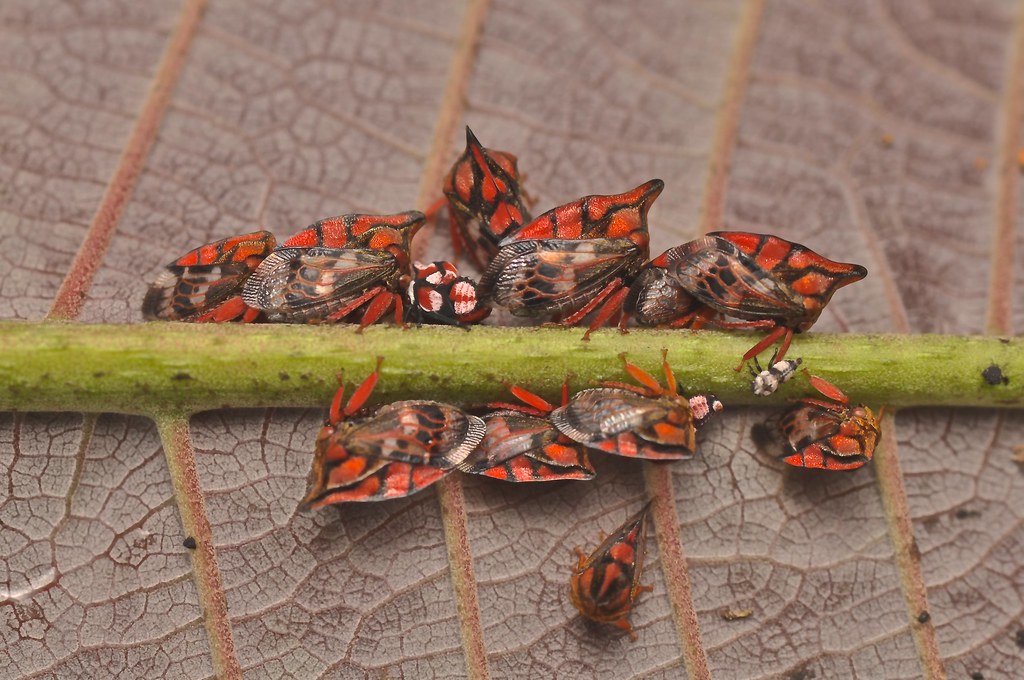
Don’t let their tiny size fool you – treehopper mothers are absolute warriors when it comes to protecting their young. A second thing that sets treehoppers apart from many insect groups is that the mother will sit on her eggs to guard them against parasitoid wasps or ants or whatever. She lays about 60 eggs, sometimes on the surface of a limb or leaf but more often inserted into the stem, and she sometimes covers them with a wax-like substance.
The maternal care doesn’t stop there. In subsocial species, juveniles remain with their mother after hatching, and maternal care can be quite sophisticated. In many species, the pronota of adult females are modified as large shields under which their offspring can hide, and some of the baroque humps, bumps, and other extensions on their backs likely help to fend off aerial predators.
In the subsocial treehopper Umbonia crassicornis, aggregated nymphal offspring produce substrate-borne, vibrational signals in synchronized bursts that elicit the mother’s antipredator behavior. This coordinated signaling was associated with the mother’s defensive behavior. It’s like having a family emergency alert system built right into their communication network.
They Have Formed Unexpected Alliances With Ants
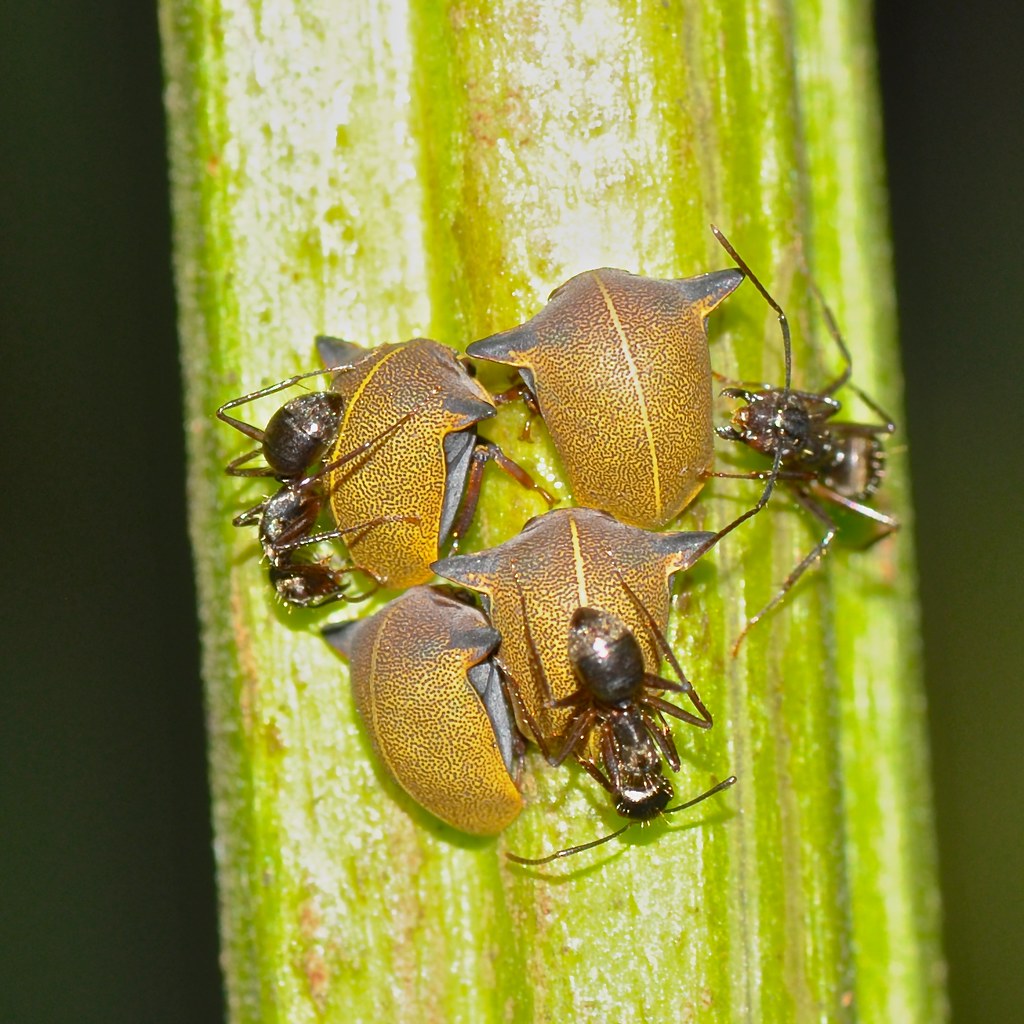
Here’s where treehoppers get really clever – they’ve figured out how to turn their waste into protection services. This diet, however, provides them with an unexpected ally: ants. Treehoppers excrete honeydew, which makes them a beneficial ally to ants. It’s basically nature’s first protection racket, and it works brilliantly for both parties.
Excess sap becomes concentrated as honeydew, which often attracts ants. Some species have a well-developed ant mutualism, and these species are normally gregarious as well, which attracts more ants. The ants provide protection from predators. Think of it as having your own personal bodyguard service in exchange for snacks.
Female treehoppers (Publilia reticulata Van Duzee) modify their parental care behavior in the presence of ants. Females with untended young remain with their original brood, but females from ant-tended colonies readily desert their first brood and produce additional clutches. Care by female treehoppers, in the absence of ants, increases the probability that a colony will produce some survivors, but ant attendance greatly increases the number of surviving nymphs. When you have reliable childcare, you can afford to have more kids.
The Brazilian Treehopper Takes Alien Appearance to Extreme Levels
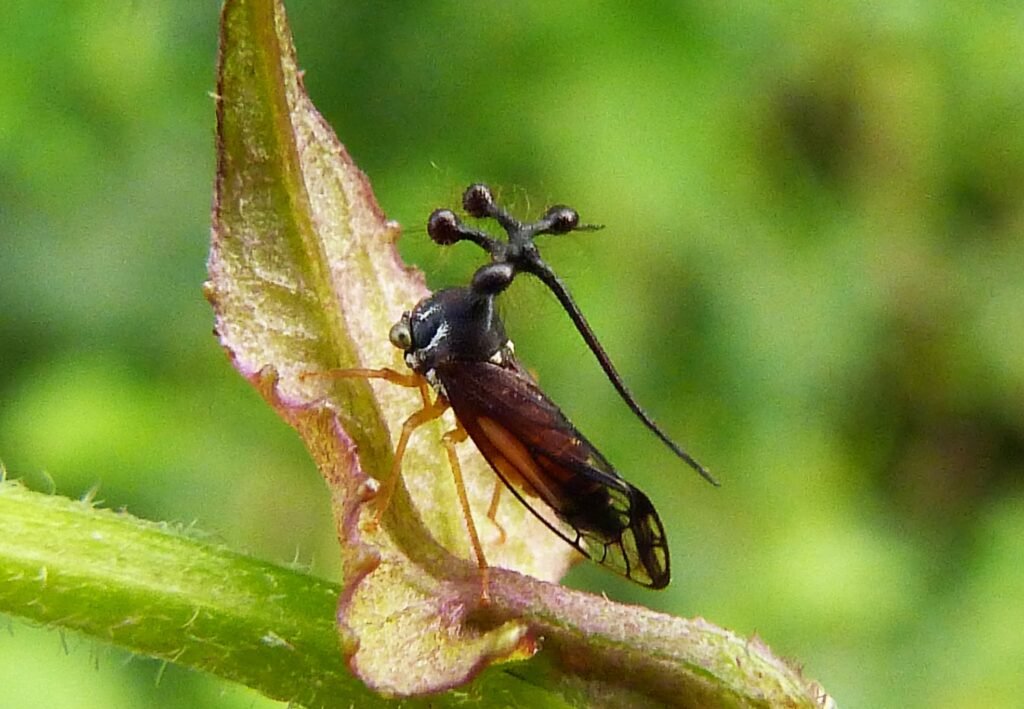
The Brazilian treehopper, a pea-sized, rainforest-dwelling insect that spends its days munching on treetop leaves, is almost certainly the most otherworldly-looking creature on our planet. If regular treehoppers look alien, the Brazilian species looks like it escaped from an entirely different galaxy. There are over 3000 species of treehoppers, and they can be found on every continent except Antarctica, but the Brazilian variant is the only one that sports this alien-like headdress.
This particular species sports what can only be described as helicopter-like spheres jutting from its head. Some scientists theorize that the spherical structures protect Brazilian treehopper by acting as a dummy head for predators to attack and try to chow down on, while others are convinced that the bizarre head ornament evolved to resemble the pods of a parasitic fungus called Ophiocordyceps unilateralis, which takes over the minds and bodies of ants, turning them into zombies, before literally bursting out of them, Alien-style.
A famous, beautifully crafted model of the insect created by legendary science sculptor Alfred Keller (1902 – 1955) always attracts attention when photos of it are shared on social media. While the real Bocydium globulare does exist and has a bizarre appearance with spherical structures, Keller’s artistic model is somewhat more dramatic than the actual insect.
These remarkable insects prove that you don’t need to look to the stars to find alien life – it’s been here all along, quietly sipping plant sap and raising families in our own backyards. From their impossible headgear to their sophisticated communication networks and protective partnerships, treehoppers showcase nature’s incredible creativity and evolutionary ingenuity. Next time you’re walking through a garden or sitting under a tree, take a closer look at the tiny inhabitants around you. You might just spot one of these living aliens going about their extraordinary daily lives. What would you have guessed about these fascinating creatures before learning their secrets?

